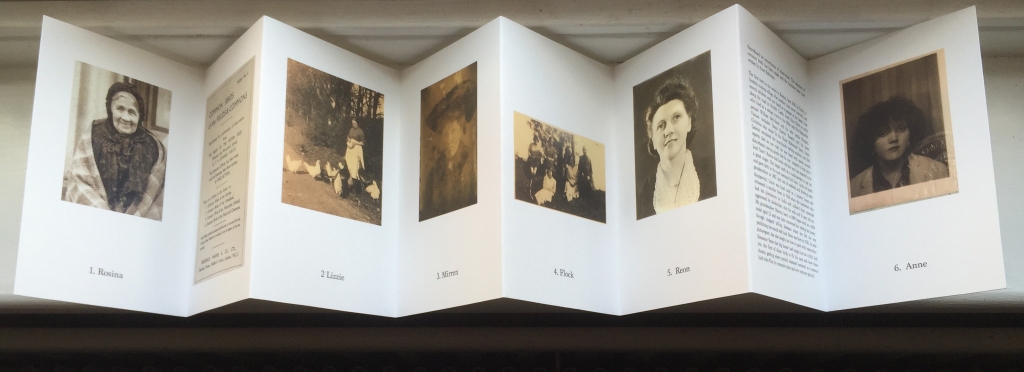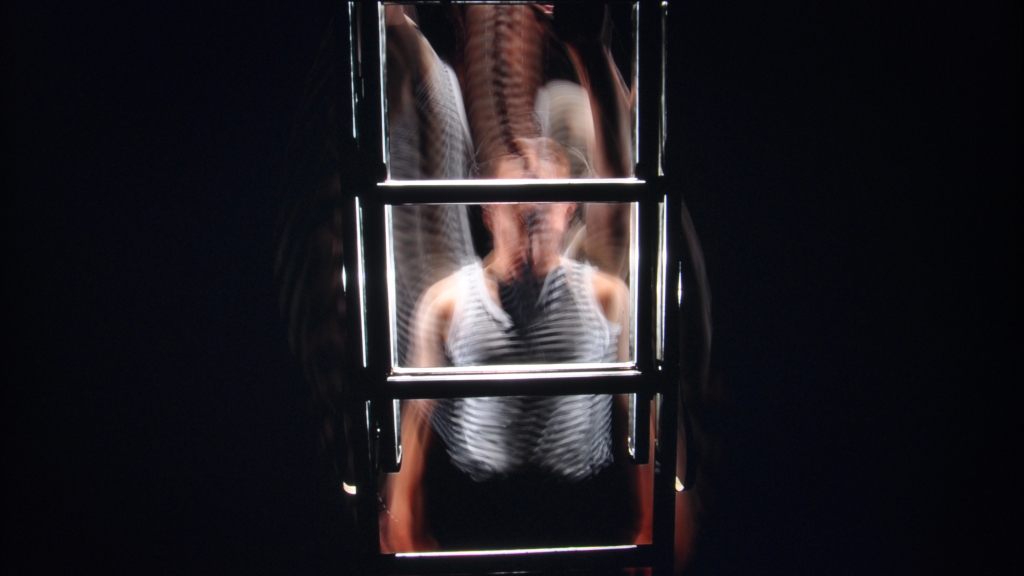
.
Queering the Technology
News – December 2021 shows and events in London: see ‘Hurriers: Poor on the Roll’ page for schedule!
In The Hurrier, the artist intends to build on the artist’s recent experimental moving image practices, focusing on the perception and politics of temporality, using diverse analogue and digital film and sound processes to ‘queer’ technology and unsettle the viewer. In works including Wakeful (2018) (6) Darks (2018) and Thrashing in the Static (2014) these strategies have been used to challenge conventional re-tellings of history, in particular on sexuality, the body and expectations of the working class: expanding ‘unseen’ historical moments through temporal disruption – especially those which have which have contemporary resonance. Several projects have entailed collaborations with performers and musicians including Rachel Gomme and Limpe Fuchs. Film works have been screened recently at Five Years, BEEF, Cafe Oto, Whitechapel Gallery and CCA Glasgow.
‘Captured’ in this artist film practice are moments of shared air from the past, shared through the ritual filming as the devices move to capture frame and plane and the single frames make time move. Reaching us through common time, a young woman stands in silence in a long ago, dark afternoon at the Kirk Sessions, apparently subdued, silenced. This camera sets out to fracture temporality to make broken edges in the frames and allow unheard voices to cry out in the spaces between: a liberated space, cliose to what Simon O’Sullivan has described as: A no-place and a no-time. An ‘erewhon’ when and where other things become possible. (*)
We Expect to Walk Upright
I am haunted by the ghosts of those already passed over whose time was waste. Liberation is essential. Time travel is essential. Moving the body in pleasure, the bodies rise again through felt rhythms and distant voices.
The Hurrier works with the body as a site of labour: the adverse physical effects and psychological trauma of ‘jobs’ which are effectively incarceration and abuse and the consequent limiting of intergenerational expectations. Labour as violence for working class women. As an ‘anchor’ in the work. the particular type of work most visible as a key image will be the experience of the female mineworker pushing and hauling in darkness.
Over the centuries, devices to enable the women to be more efficient machines were made. As with the ‘Davey lamp’ hailed as a great invention to improve coal productivity but preventing the detection of poisonous gases, the breath and heartbeat of the human is subsumed to the needs of capital, echoed down the centuries in contemporary warehouse work. For The Hurrier, sculptor and metal fabricator Charlotte Squire will be working on a hybrid, performative costume elements based on these processes which will in turn be used in movement work by by the performance artists and filmed.

Anne Robinson, Common Birds, 2017, archival digital print.
Time Travel

In The Hurrier, their physical presence and sexuality once punished is joyous and brazen in movement and sound. They challenge us these beings from beyond the veil of normal time to consider how receptive we might be to living somewhere different.. a free time, not just of reverie.. but of the spirit liberated
The hurrier’s headpiece is designed to communicate with now. As with the artist’s earlier work, image sequences will be devised through collaborative improvisation with performers – working on the harsh punishments meted out for pleasure and the nature of labour/work on the ‘poor’ body historically and in the 21st century and working on images of resistance. These movements will then be filmed as described. As film theorist Jeffrey Sconce has said, writing about ‘haunted’ media:
Whenever streams of consciousness and electrons converge in the cultural imagination, there lies a potential conduit to an electronic elsewhere that, even as it evokes the specter of the word, also holds the promise of a higher form of consciousness, one that promises to evade the often annihilating power of our technologies and transcend the now materially demystified machine that is the human body.
(7)

Wakeful, Anne Robinson, 2018, Trailer
This is Not a Quiet Silence
As in recent films Wakeful (2018) and Darks (2018), this work explores the idea of ‘listening to the past’ through the construction of a work and will build on strategies from earlier collaborations and experiments, for example with percussionist Limpe Fuchs and sound collective Breathing Space in Wakeful and the song construction in Thrashing in the Static. As a ‘song film’ where the structure of a ballad as thread is encountered as familiar and then disrupted: queering recording technologies and language. This work draws on a matrilineal line where voices have been heard, generation to generation, the voice/spirit escaping time.
Sound is integral to the working process and although experimental, may draw on work songs and blues from Scotland and Appalachia. Two of the performers are also sound collaborators as well as other musicians involved. Tracks will be built in collaboration on vocals, percussion and remixing, connecting these themes through contemporary urban rhythms.

Wakeful, Anne Robinson, 2018, Performance at APT, Live score with Limpe Fuchs and Brreathing Space.